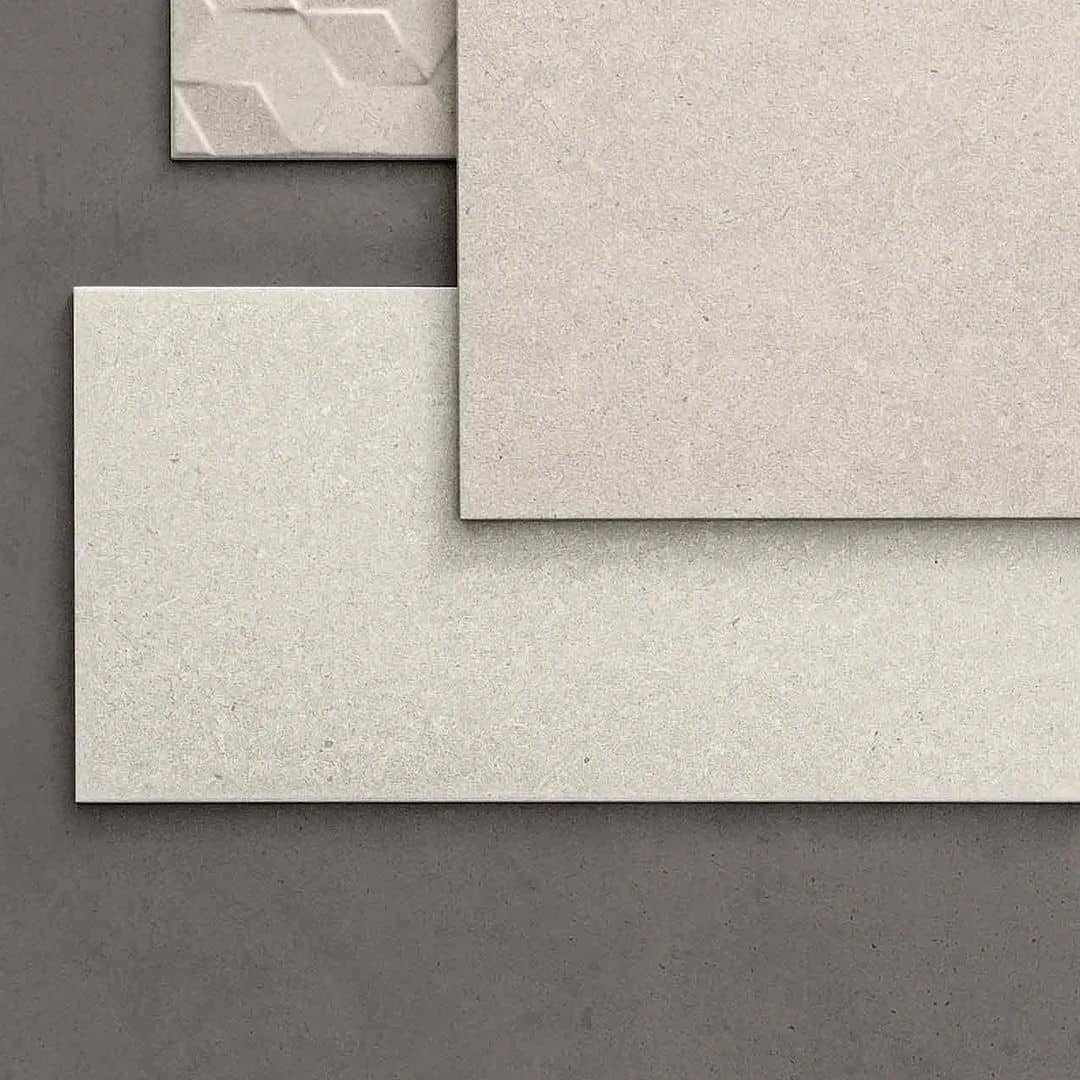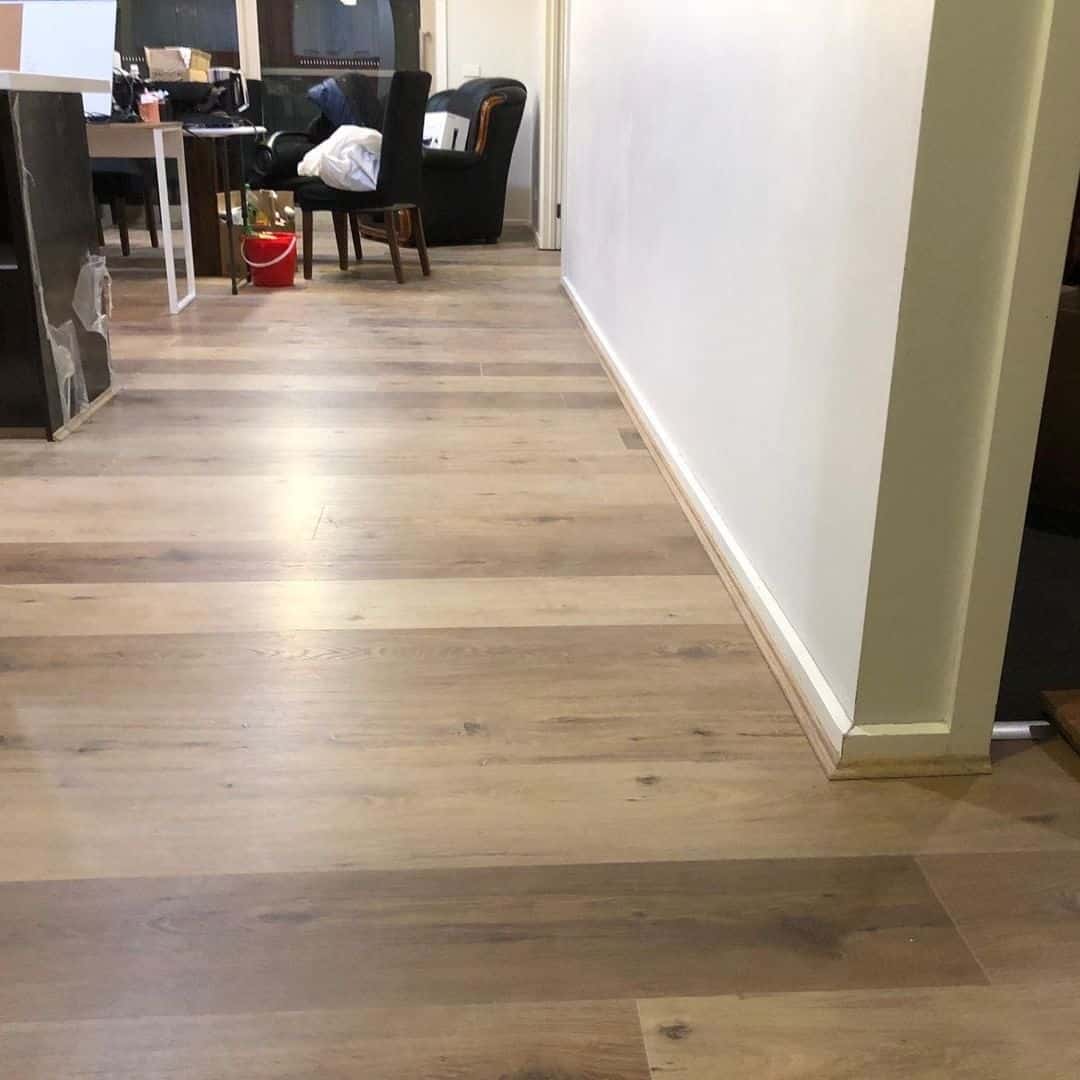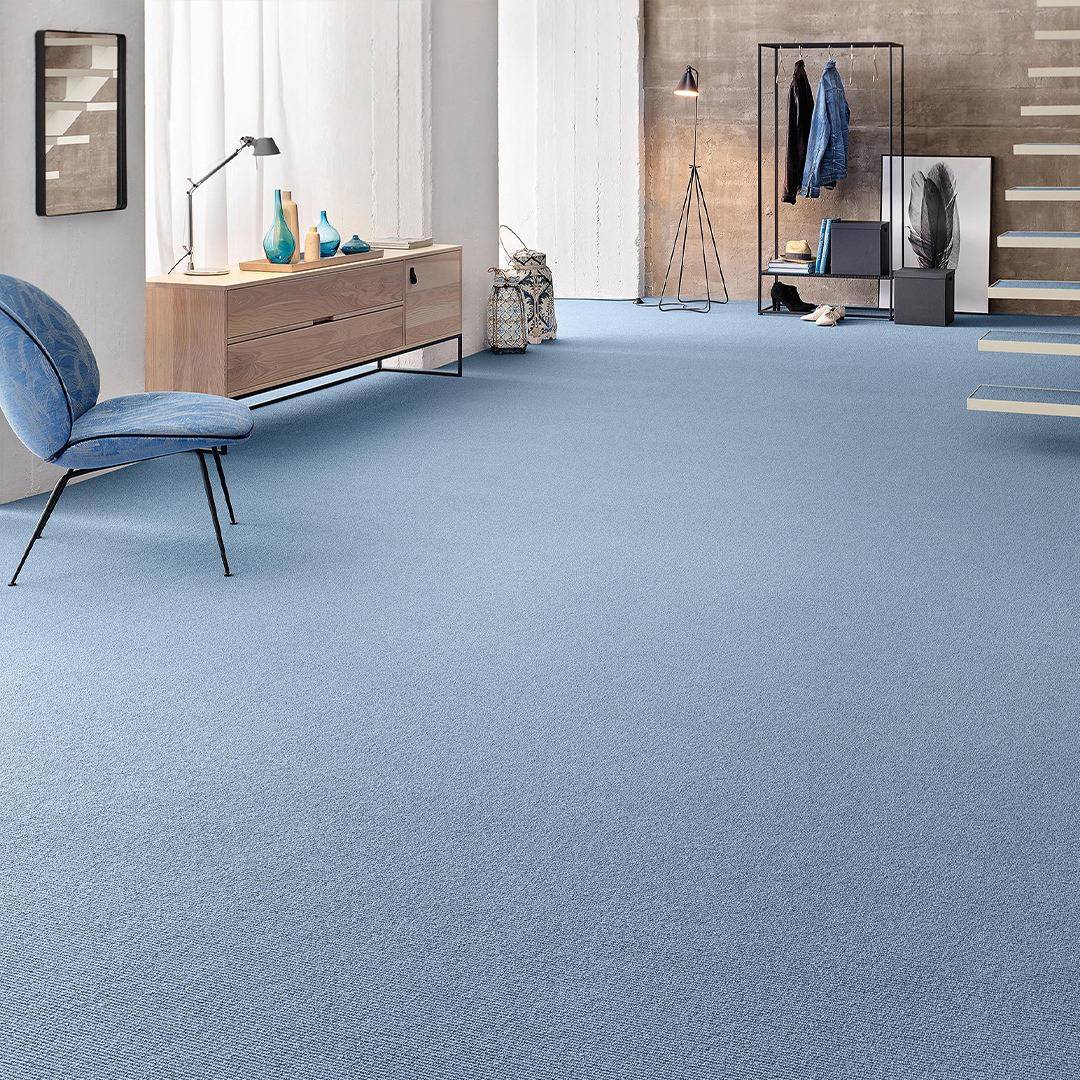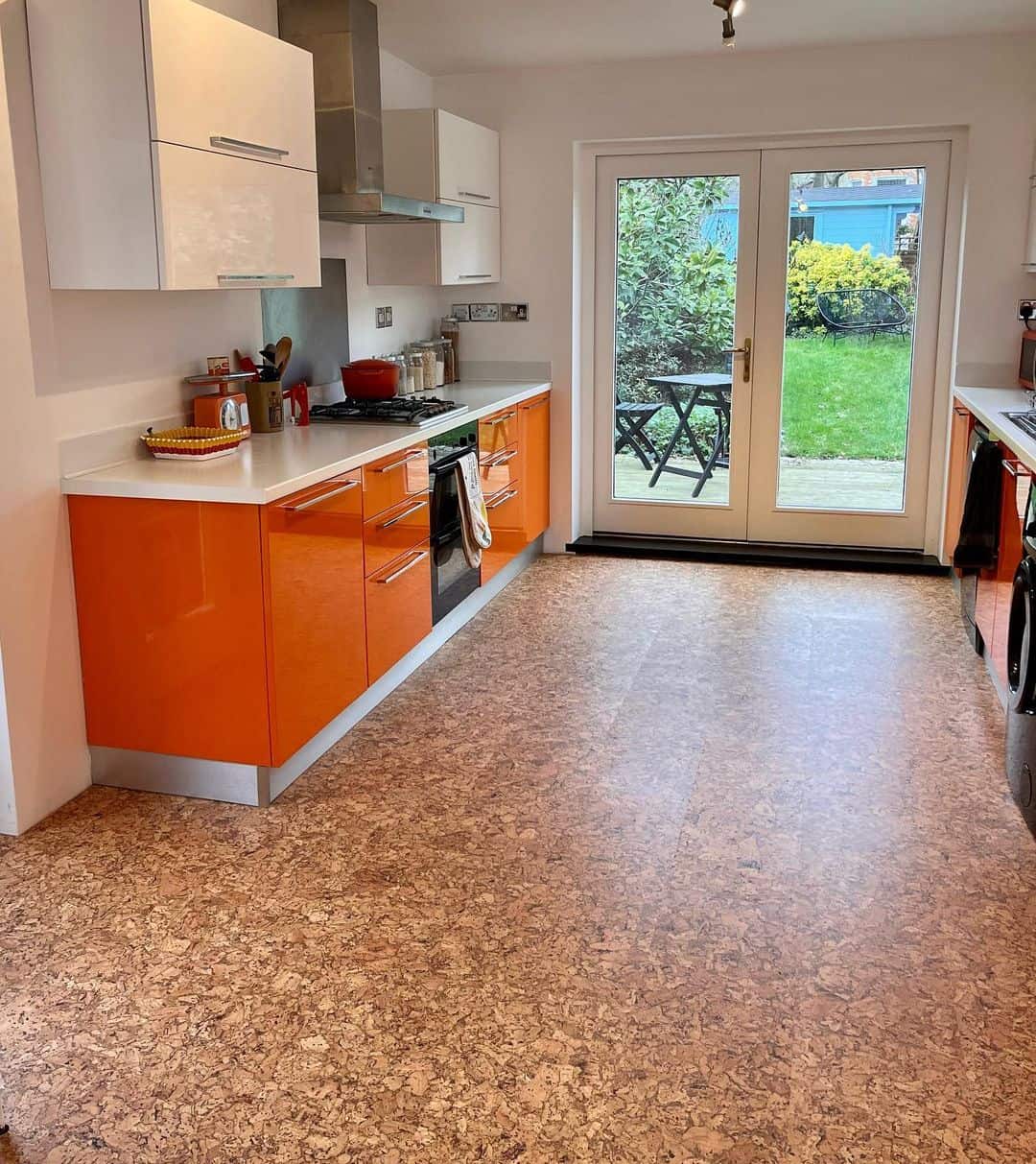Ceramic tiles are a very popular choice right now since they are long-lasting and low-maintenance, and the protective coating offers a high amount of water protection. However, there are a few cons to using ceramic tiles and the top of the list is their chilly, hard surface which could be a glaring drawback for some. Also, since it’s quite a durable flooring material that makes it is difficult to remove.
Usually, it’s installed by using cement in a thin-set bed that later on solidifies, but the tile actually smashes like glass when removed. Ceramic tile removal is a messy process that scatters concrete dust and shatters tiles around the house. Additionally, it is costly and labor-intensive. In order to increase convenience, numerous individuals build additional flooring on top of the tiles.
Different Types of Ceramic Tile Flooring
There are a few different options of flooring types that go perfectly well with ceramic tiles and you can make a choice based on your style preference and house decor.
1. Flooring with Ceramic Tiles
Yes, it is possible to put one ceramic tile over the other; however, it is an extremely time-consuming process. Not only will putting up ceramic tiles take a long time in themselves, but when you will have to put up a second layer, you will have to make sure that the first layer is even, which means sanding down each and every tile to level, and that will take a lot of time.
The previous floor may also require some patch level to keep it smooth enough to put over, and the increased thickness might require cutting old doors to a higher level. Not only this, but it also beats the purpose for which most people go for ceramic tiles in the first place, i.e., convenience. Aside from these adjustments, installing a new floor without removing the old one is simple. If you want to change the tiles for aesthetics and visuals only, this can be a good option.

Advantages
- A fantastic protective covering is added to the material in the coated version of ceramic tiles. This creates a barrier against stains and wetness.
- Another great benefit of having these tiles is that they are also resistant to severe moisture levels.
- Ceramic flooring also has a high level of durability and strength. This extraordinary strength of artistic tiles means that they are quite difficult to shatter.
- They are super easy to maintain and you’ll seldom have to worry about support. Some routine maintenance, like cleaning or vacuuming, works like a charm with ceramic tiles.
- The ceramic surface doesn’t attract allergens like dust, sand, animal hair, and filth. This helps those who are extremely hypersensitive to breathe air that is free of the irritants
Disadvantages
- Ceramic tile floors may not be difficult to maintain and clean, but that doesn’t make them comfortable to walk or stay on and you should be extra careful when wearing heels on them.
- Unfortunately, ceramic flooring doesn’t work well during the chilly season because the tiles turn way too cold to walk on barefoot.
- These tiles are very strong and are made using the same process as many heavy tools are made. However, it is suggested to never use them in a house having more than one story because they are also very brittle in nature and can cause serious injury if shattered. In a multi-story house, there are increased vibrations and these tiles are at a higher risk of damage.
2. Going With the Laminate Flooring
Laminate flooring is an excellent alternative to ceramic tiles if you have limited funds. They are available in numerous designs and shades. Some even have a wood-like appearance. If you want some warmth in your house, this is a good option.
Moreover, because laminate doesn’t need any adhesive and is very easy to install, it is also less expensive than the majority of other solutions. The padding it offers will help to smooth out any irregularities in the ceramic tiles, and laminate flooring is made up of thin planks that barely, if at all, attenuate the level of your flooring. In short, laminate can be considered a really high-end and discrete flooring option by all standards.

Advantages
- The main benefit of laminate flooring is that it is significantly less expensive than other options because it is mostly constructed from hybrid wood that has been heated and pushed together.
- Laminate flooring’s composite timber substance also has excellent scratch resistance in its top layer. Moreover, many laminate floorings have professional textures to precisely reproduce the look and feel of real wood.
- It is quite simple to clean this type of flooring and all you would need is probably a piece of microfiber cloth and you’ll be able to get rid of any stains. Or you can choose to simply vacuum it off.
- Laminate flooring is a form of floating floor that often has a straightforward lock-together mechanism that is relatively simple to use, enabling DIY assembly.
Disadvantages
- The main disadvantage of laminate flooring is its durability, especially when compared to hardwood or even ceramics. A high impact can damage this flooring, and it is also prone to water damage.
- Also, laminate flooring can be slippery, which might be dangerous if there are kids or pets in the house.
- Lastly, laminate flooring cannot be refinished, and you will have to change it if you ever want to get a more finished look.
3. Consider the Vinyl Flooring
Vinyl is an excellent choice because it offers enhanced support and durability and can be installed in a variety of ways. The commonly used installment methods are peel-to-stick, adhesive, as well as interlocked vinyl floor tiles. Generally, vinyl floor tiles require less upkeep. However, it may not be an ideal choice if the space receives a great deal of natural sunlight because the product can discolor with excessive exposure.
Advantages
- Vinyl plank flooring’s versatility in appearance might be one of its strongest draws. These planks come in incredibly realistic patterns, hues, and textures that give your floors the appearance and feel of real wood.
- Fortunately, they are also simple to clean. Vinyl plank flooring was designed to be very child and pet-friendly since it resists scratches, indentations, and stains readily.
Disadvantages
- If damaged, a vinyl floor must be replaced because you cannot fix it. They may also release volatile organic compounds and are hard to recycle because they aren’t eco-friendly at all.
- The lifespan of vinyl floors is also less long than that of wood floors. They have no effect on home resale value, neither positively nor negatively.
- Not to mention that, particularly if glue was utilized while installing them, it could be very challenging to remove.
4. Go for the Carpet Flooring
If you want to install new flooring over ceramic tile, carpet is another simple and affordable option. To counter the ceramic’s coldness, this material might need to be about one centimeter thick or more.

Advantages
- In comparison to other varieties of flooring, carpet often has a wider variety of colors and patterns, as well as an additional texture option. Most floorings find it difficult to meet this adaptability.
- Carpet flooring also somehow manages to level out any unequal tiles while maintaining good cost-effectiveness.
- The biggest advantage that carpets have over other flooring options is their soundproof qualities. It can also cancel noise from rooms around the carpeted room.
- Furthermore, removing it is also easy since the dust can just be swiped with a broom. It is also much safer, so it is ideal for a house with pets.
Disadvantages
- Carpets get stained very easily, and it is hard to wash them.
- They also have a much shorter lifespan as compared to other flooring options. Since they need to be washed with water and soap often, they wear out much more quickly.
- They might also cause dust allergies if not cleaned properly.
5. Cork flooring
Ceramic tiles may also be covered with cork flooring. It’s a wise choice for spaces that get water spills often and easily because cork is inherently resistant to water. Moreover, cork flooring is softer on the feet and may survive normal abrasions and wear more than laminate flooring. However, cork flooring generally degrades when exposed to sunshine and responds poorly to extreme temperatures.

Advantages
- The two main benefits of cork flooring are the water-resistance and soundproofing. It’s perfect to be used in bathrooms or kitchens.
- Also, it provides excellent soundproofing.
- It is also gentle on the feet and thus is safe for kids.
Disadvantages
- A big drawback of cork flooring is its sensitivity to any extreme temperature, whether hot or cold.
- It fades quickly in both temperatures and hence, can really only be used in the bathrooms, which are generally safe from extreme weather changes.
Conclusion
Well, now that you have a handful of choices, you can select the flooring that resonates with your style. You must take into account the location of your house, the room in which you want to put the flooring, and whether or not you have pets or kids at home. Different types of flooring will give you different advantages and disadvantages, so select the one that strikes a balance between your style and the existing decor of your house.